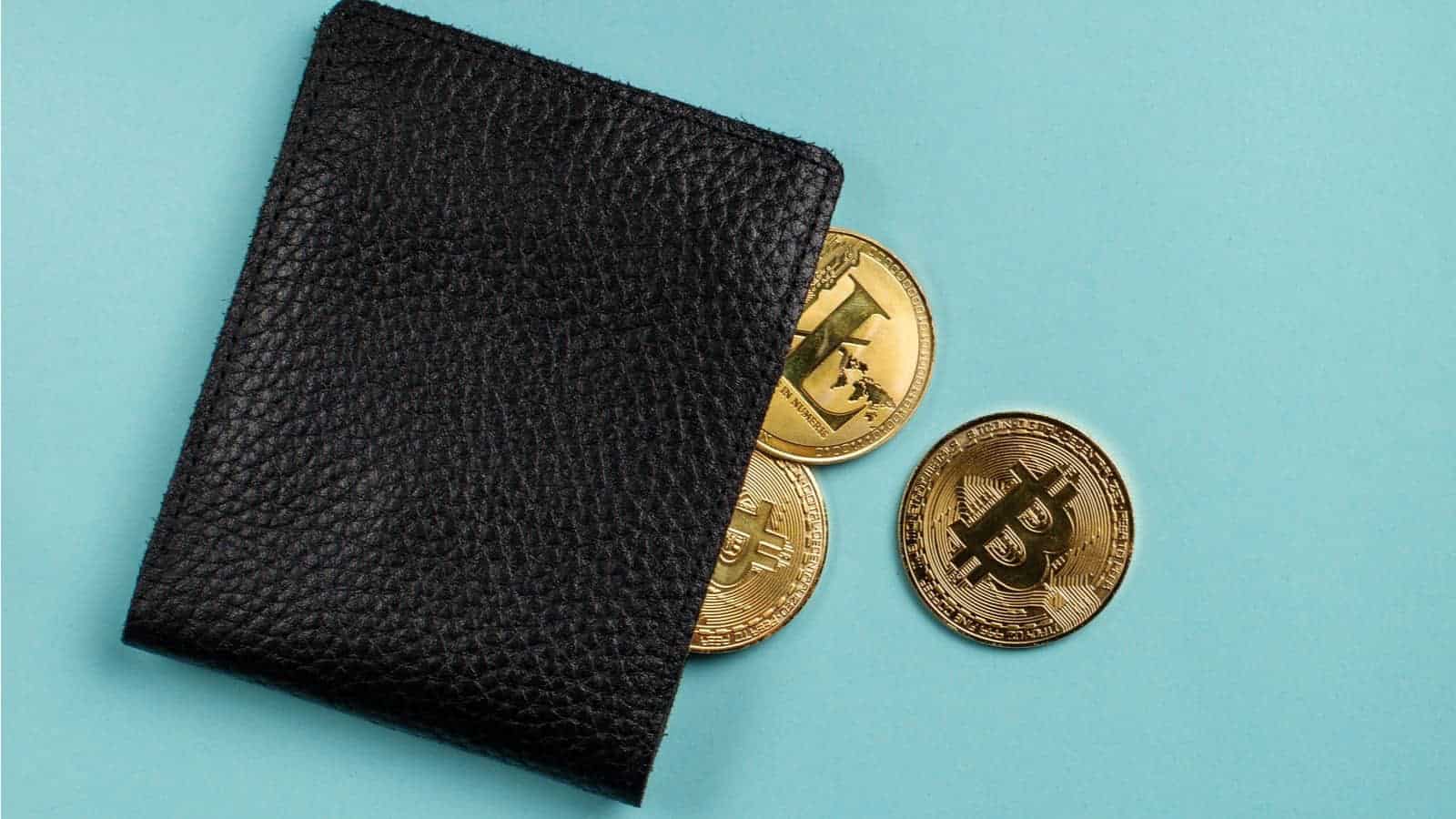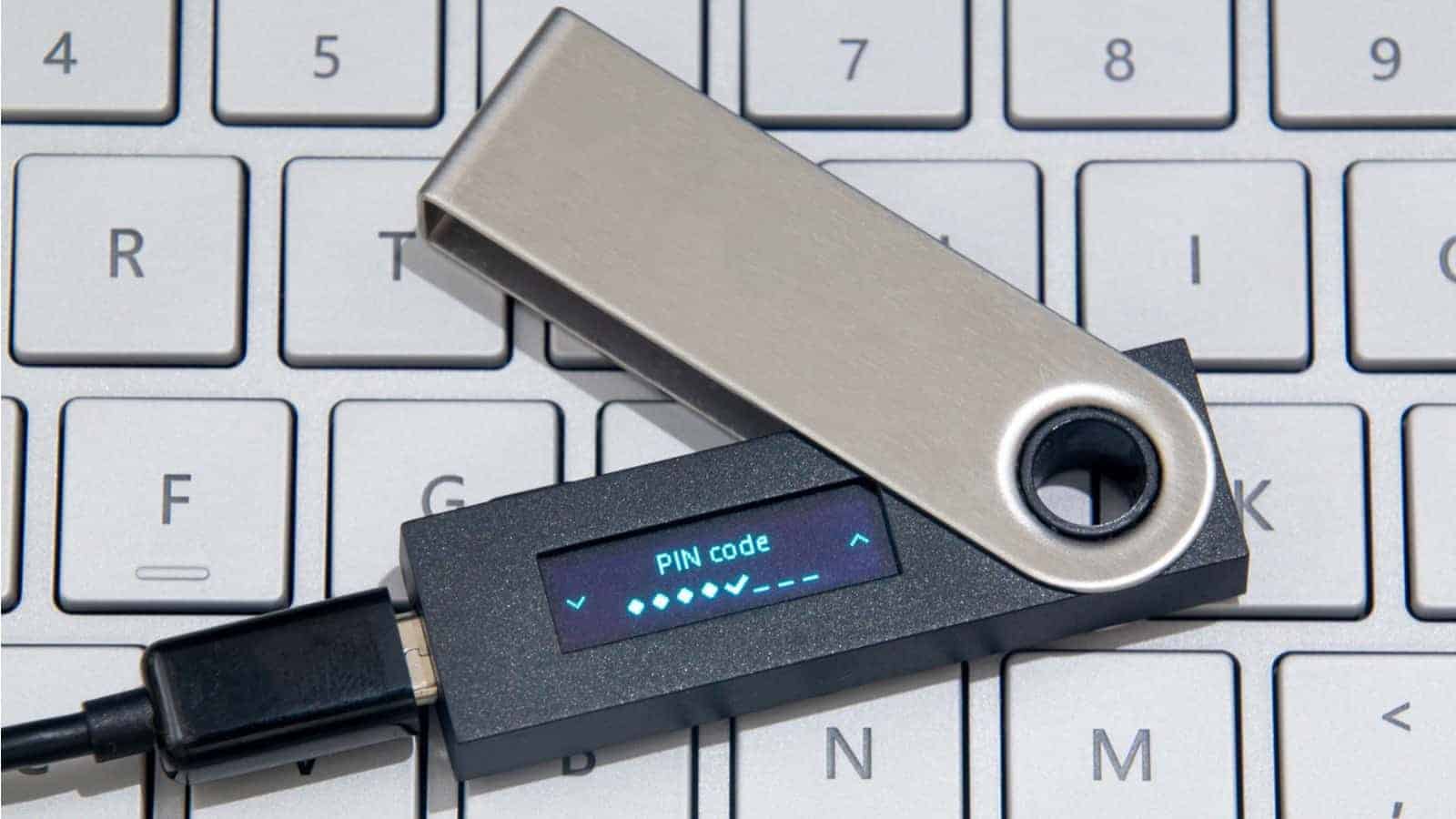If you’re just starting out your cryptocurrency trading journey, choosing between a cold wallet vs hot wallet is one of the most important decisions you have to make. But what are the differences between the two?
Many novice traders rely on “full service” wallets that handle virtually everything with very little effort on the part of the user. However, the one-size-fits-all wallet doesn’t work for more serious investors. Instead, you may want to know how the best digital wallets differ. Some will take care of quick payments and small transactions; others will serve as vaults and safety deposit boxes for your valuable digital assets. And when it comes to understanding the different types of cryptocurrency wallets and their uses, mastering the distinction between cold wallet vs hot wallet fundamental.
After looking at cryptocurrency wallet basics, our guide takes a closer look at cold wallet vs hot wallet features, their advantages and disadvantages, and finally, when and how to use them to their fullest.
Digital Wallet Basics

The term “wallet” already conjures up an image that does a fairly good job explaining what a digital one is and what it does. But the analogy has some limitations since what a digital wallet is and what it can do goes well beyond the basic functions of the leather wallet you carry around with you. But in the simplest terms, that’s exactly what a digital wallet is: It’s a container for storing your digital assets—i.e., cryptocurrency units or “coins.”
Of course, all of this is digital, which means there’s no material equivalent of those coins. Your Bitcoin wallet isn’t holding on to actual coins. Instead, a digital wallet is a program that generates pairs of corresponding cryptographic keys: a public key and a private key. The key pairs it generates are used to receive and send cryptocurrency transactions on a blockchain. A wallet distributes public keys in order to receive transactions, uses private keys to send funds and broadcasts the transactions on the blockchain.
So to sum up, that’s three functions when it comes to comparing a cold wallet vs hot wallet: distributing public keys, signing private keys, and networking the records of their transactions. The simplest wallets out there are programs, software, that do all three of those functions. And we can break the entire wallet workflow down into a few steps.
- Create private keys
- Derive public keys
- Distribute public keys
- Monitor for transactions sent to those public keys
- Create and sign those transactions
- Broadcast the transactions on the peer-to-peer network
Getting a sense of those functions and how they relate is key to understanding what makes a hot wallet different from a cold wallet. Essentially, the only difference between a cold wallet vs hot wallet is which steps of the above process they work to complete.
What is a Hot Wallet?

A hot wallet is any digital wallet that is connected to or at any point interacts with a peer-to-peer network. In a word, hot wallets are “online.”
But remember, digital wallets are software programs. Therefore, a “hot” wallet could be just the part of a wallet program that goes online. Or, it could be a partial wallet program that only carries out the networked tasks of any transaction.
Commonly, however, hot wallets are synonymous with “full service” wallets. Full-service wallets are programs that carry out all of the necessary functions. Almost all of the best cryptocurrency wallets on the market today can operate as a full-service wallet. (Many full-service wallets utilize two separate wallets, a hot and cold wallet, for security reasons.)
As a result, you’ll find it easier to set up a full-service wallet, to access it on your phone or browser, and to send and receive payments. When you open an account with a digital asset exchange, you’re essentially creating a hot wallet for yourself. The exchange company holds your assets/funds on their network infrastructure, making it online at all times.
Hot wallets don’t have to reside on a company’s networks, however. You can use software wallet applications on your own desktop, for example. If that software or the particular wallet is still connected to the internet, it’s a still a hot wallet, but one that’s more in your control.
Hot Wallet Disadvantages
Because hot wallets are connected to the internet or at a minimum the peer-to-peer network of a particular blockchain, they have several disadvantages. These cons, however, are actually the necessary result of everything that’s convenient for hot wallets.
The greatest threat to your digital assets is theft. Unless you have a dedicated hot wallet that doesn’t handle key generation, hot wallets store your private keys on the internet. All a hacker needs to do is execute an attack that captures your private key, and all your funds are gone.
Some software wallets allow users to encrypt the wallet files (parts of a wallet program) that contain their private keys. This improves security for hot wallets somewhat but still leaves them vulnerable to several attacks. As a result, using a cold wallet in conjunction with a hot wallet is the safest, most secure way of handling your cryptocurrencies.
When To Use A Hot Wallet
Many cryptocurrency traders like to consider their cold wallet their “bank account,” while their hot wallet is their “checking account.” That distinction is useful for knowing when to use hot wallets when you complete cryptocurrency transactions.
As a general rule, you should only keep as many funds in a hot wallet as you need for your immediate, smaller transactions. Say anywhere from $100 – $1000 worth of crypto, depending on what you’re willing to risk. This way, you minimize how much of your funds you’ll lose if someone captures your private keys. It’s just like getting your wallet stolen: you only lose the cash you were carrying, and you can cancel your cards so no one can make any purchases.
For ease-of-use, for sending and receiving small amounts of cryptocurrency, and for multi-platform access and convenience, hot wallets are the way to go. For everything else, you’ll want to take advantage of the security cold wallets have to offer.
What Is A Cold Wallet?

As you’ve no doubt surmised, a cold wallet is not connected to the internet. Or at least it’s the part of a wallet program that’s offline, what we sometimes refer to as a “signing-only” wallet. Since they run on devices without an internet or network connection, cold wallets significantly reduce attack vectors. And this makes them way more secure. The trade-off, however, is usability. With a cold wallet, users have to execute a workflow of online/offline transactions that require physically copying/moving data between different devices.
Cold wallets, in essence, are your bank vault. They store your digital assets and most importantly, the private keys used to secure them. As such, they always need a networked or hot wallet to interact with to complete any transaction. For this reason, cold wallets typically store digital assets you want to keep “at rest.”
The problem for many users is that dedicating an old device as a cold wallet, say by removing all the network components of an old computer, is impractical. Similarly, today’s devices don’t make it easy to quickly toggle online connectivity off and on. Besides, a cold wallet should be on a device that’s always offline, so there’s never at risk of a hack.
Hence, a whole industry has sprung up creating specific devices tailored to storing digital assets. These are called “hardware wallets,” and they’re available from different brands for around $80-$100. Hardware wallets are dedicated devices that run signing-only wallet programs. They don’t have any of the vulnerabilities of computer operating systems. But it’s easy for them to communicate with other devices, making data transfer between devices easier.
Advantages of a Cold Wallet vs Hot Wallet
When you’re comparing a cold wallet vs hot wallet, there is one key factor to keep in mind: security. Cold wallets are offline. So the only way for an attacker to steal your cold wallet is by physically stealing your device. Not impossible, of course, but very hard to do. Some serious cryptocurrency traders even store their hardware wallets in a bank safety deposit box, for professional security.
When To Use A Cold Wallet

If you’re a tech-savvy person, it’s totally possible to set up an offline device to work as a cold wallet. For most crypto traders, however, a hardware wallet is a smart buy. They’re less hassle than offline cold wallets, even if they still have their disadvantages. Namely, accessing the assets in a cold wallet requires a user to have physical access to the hardware. Furthermore, popular hot wallet platforms and hardware wallets are not always compatible.
But if you have cryptocurrency funds in excess of a few hundred dollars—or really, in excess of whatever you can stand to lose—then you need to use a cold wallet or hardware wallet. Many full-service wallets out there will provide an offline instance of your wallet. To stay in complete control over your private keys and the assets they secure, however, use a dedicated cold wallet you control.
Summing Up: Cold Wallet vs Hot Wallet Key Differences
If you’re going to dive into cryptocurrency trading, understanding cold wallet vs hot wallet differences is essential to keeping your funds secure while simultaneously taking advantage of the agile and borderless capabilities of the blockchain.
With your immediately needed funds at hand in your hot wallet, and most of your assets safely offline in your cold wallet, you have everything you need to complete secure cryptocurrency exchanges with anyone.


